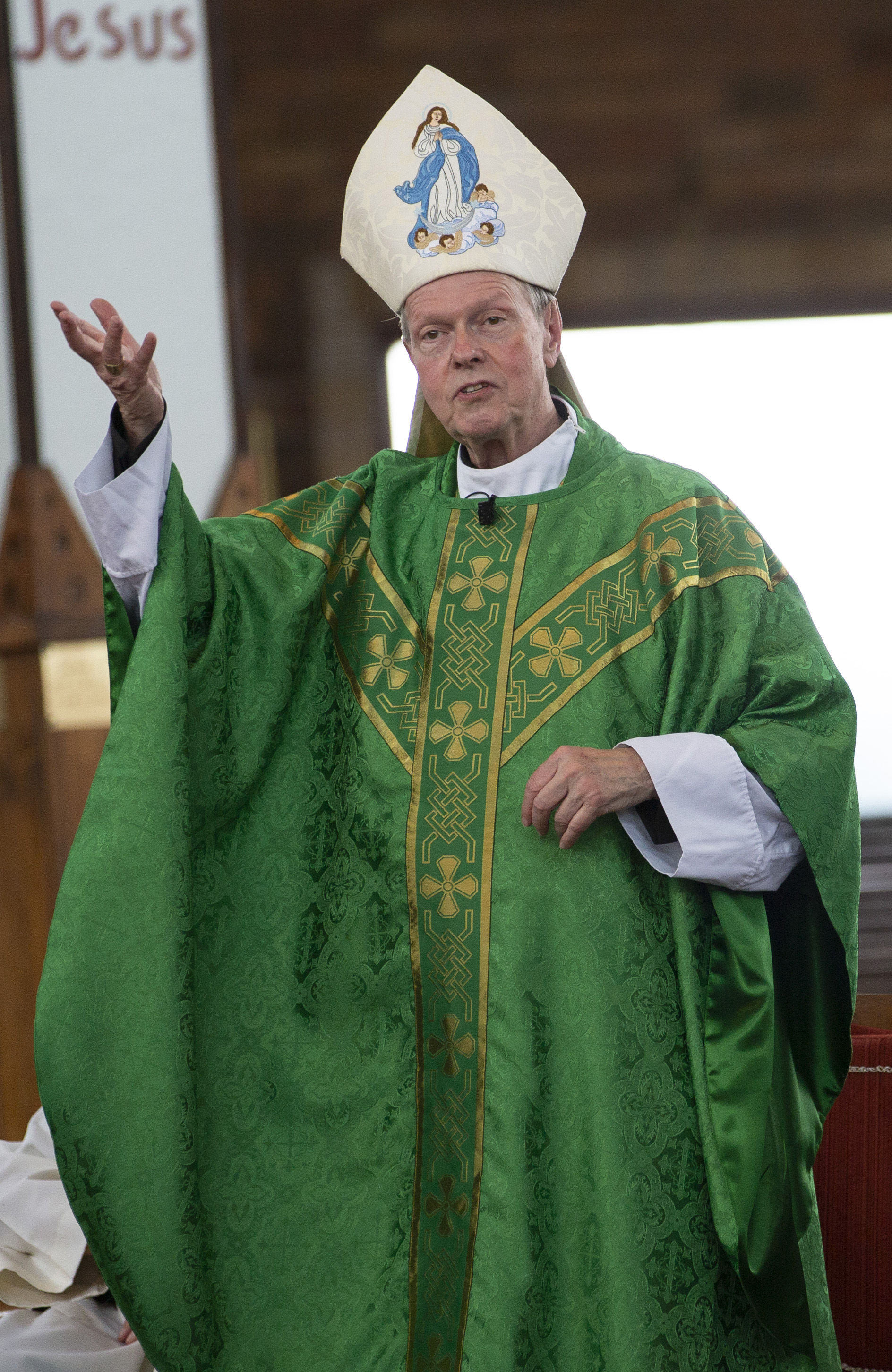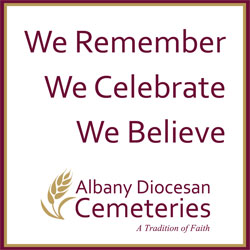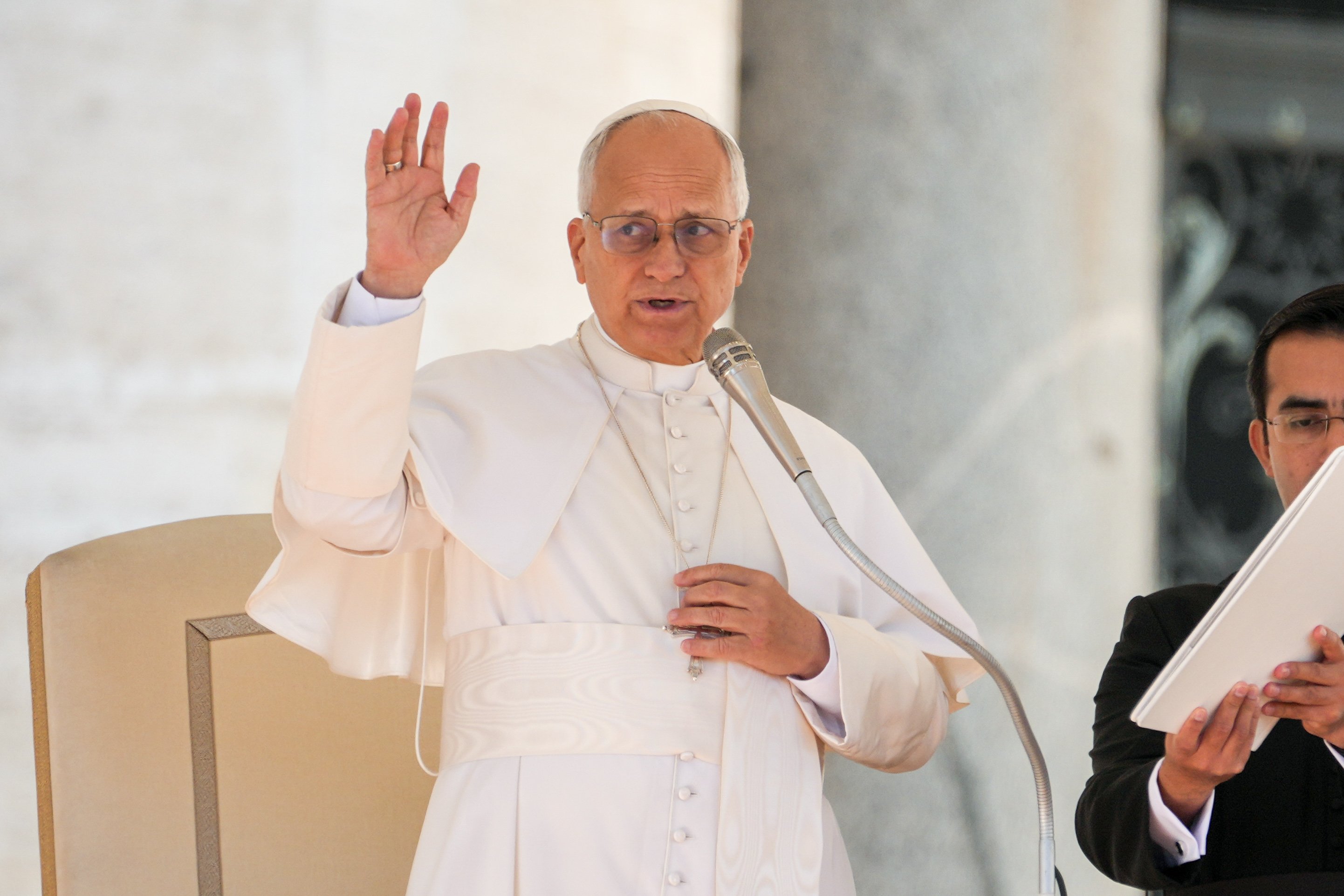April 6, 2018 at 1:53 p.m.
REFLECTION
Saving your parish: the Church and laity
Today, in my parish alone, there are more than 45 different ministries of laity serving the Church. These were unheard of many years ago: No one could teach the children except sisters, and no one could prepare people for coming into the Church (pre-RCIA) except the priest. How about distribution of communion? Only the priest could touch the host and the laity received communion only on the tongue.
Today, there are eucharistic ministers not only at Mass, but also serving the homebound and sick. Many folks serve the Church in different ways than their parents and grandparents did.
It is always good to look at the long-term perspective on any event to better understand it. No one can doubt that laypeople are more involved and have risen to the challenge inspired by the Holy Spirit since Vatican II in the 1960s. Parishes could not survive without the countless hours provided by those who love the Church.
Up until about 1970, the Church was "clerically driven." Many felt the laity were to "pray, pay, and obey;" "Mother Church" would take care of all the difficult decisions. The clergy were generally the most educated people in society and provided leadership and guidance on issues that seemed complicated to most Catholics.
Since then, we have come a long ways in the education of everyone. Today, it is not unusual to have a great number of people in the parish who are more educated than the priest (except in theological terms, but even that is changing). With Bible study courses and theology classes open to everyone, the laity are continuing to expand their knowledge of important aspects of our Catholic faith.
Many of the major spiritual movements in the past 50 years have been led by the laity, such as the pro-life movement, Marriage Encounter, Cursillo and Life in the Spirit and prayer groups. All are at the forefront of spiritual renewal in the Catholic Church. "Welcome Home" programs for returning Catholics, adult education courses and Bible studies are all taught by the laity.
Even deacons, although ordained ministers now, come from the laity. Our social justice program got much of its modern-day practical start from the example set by Dorothy Day, a laywoman. One need not go back too far in time to remember the advent of the internet and the effect when Bishop Howard J. Hubbard required all parishes to establish email and a website - again, an effort driven by the laity. Today, social media changes are helping the Church in its communications - and who knows this area better than our teenagers?
Most of these examples are not clerically-driven; but, fortunately, we have had continued support for most of these movements from prescient clergy.
With so few priests to serve the Church, it is incumbent on all Catholics continue to do their part to spread God's word in any of the ways that they are able. The Church needs us all - today, more than ever.
(Mr. Havasy attends Immaculate Conception parish in Glenville and has completed the diocesan Formation for Ministry Program for parish leaders.)[[In-content Ad]]
SOCIAL MEDIA
OSV NEWS
- Supreme Court sides with Trump administration to temporarily block full funding for SNAP
- Former diocesan fundraising director indicted on wire fraud for alleged 6-figure theft
- Love is key to church’s mental health ministry, says bishop who lost family to suicide
- Caring for creation is part of peacemaking, pope tells COP30
- Security for Syria’s religious minorities is disastrous, say religious freedom advocates
- New ‘Nuremberg’ thriller examines capacity of ordinary men to commit extraordinary evil
- A pastoral reflection on voting rights and the call to justice
- Texas bishops: Court’s order on DACA ‘undermines’ right to work, support a family
- Pope Leo XIV urges Catholic technologists to spread the Gospel with AI
- Ohio bishop ends funeral visitations in churches, citing liturgical directives







Comments:
You must login to comment.